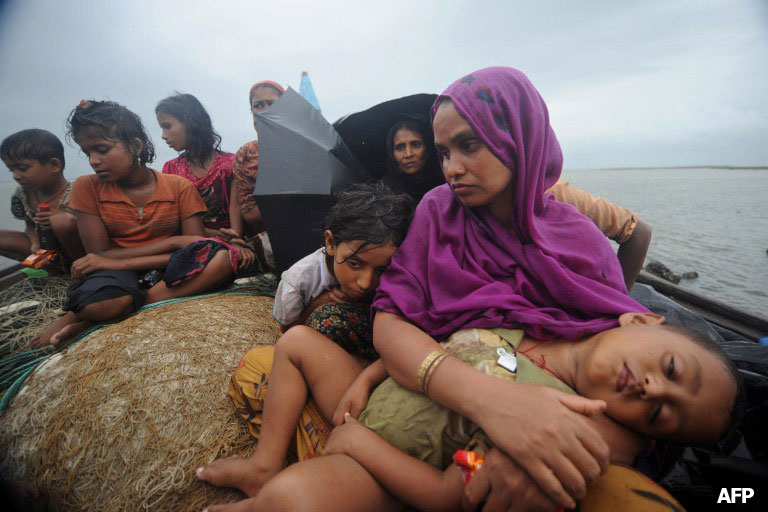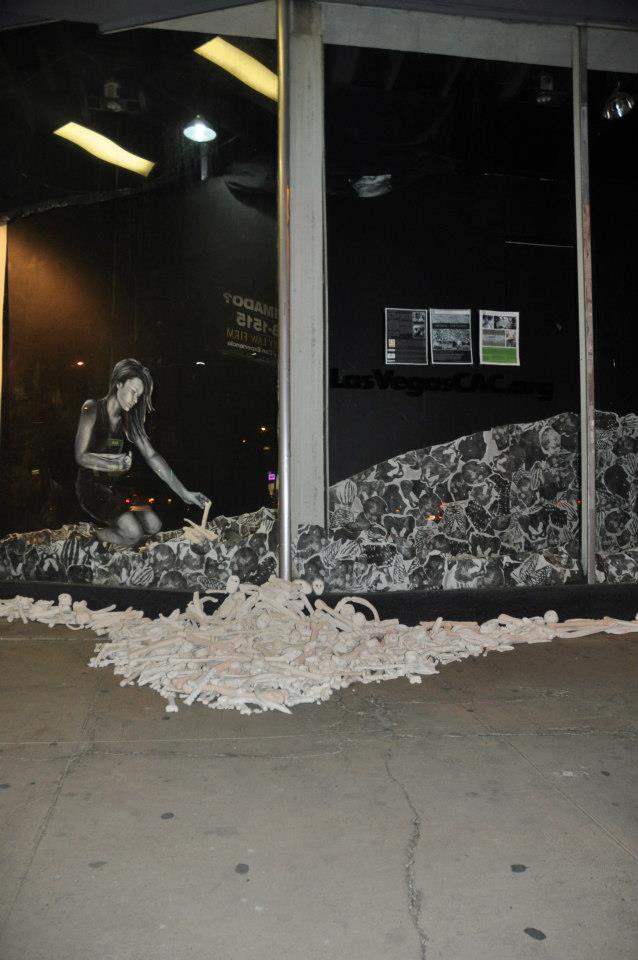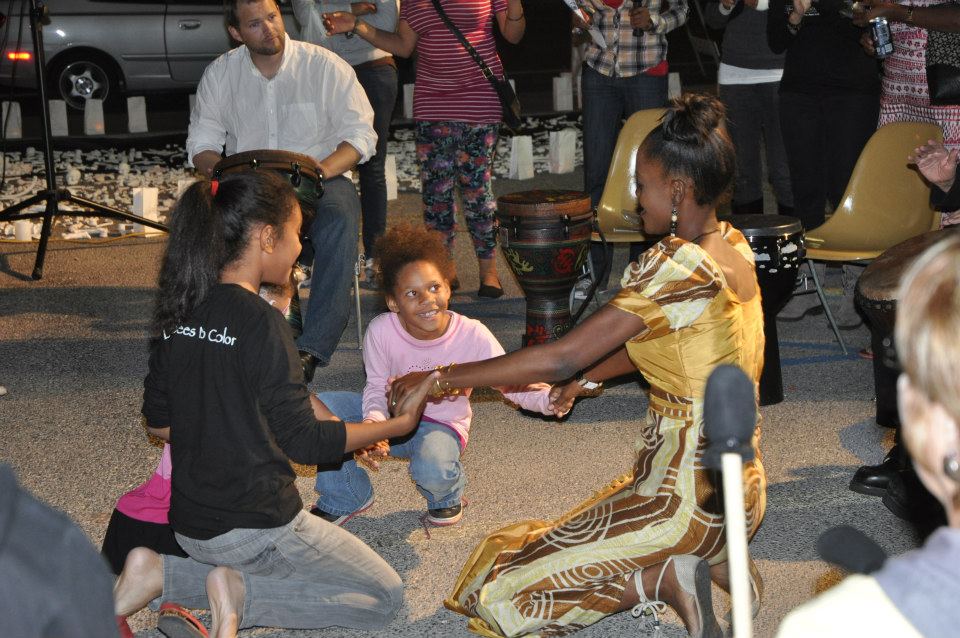Women.
All of us here at One Million Bones are super excited that the entire delegation from New Hampshire, and the Governor, are women. We probably don't want to get into conversations about if women are better suited to the work based on gender, we just want to celebrate that these women were given the opportunity to do the good work of our country.
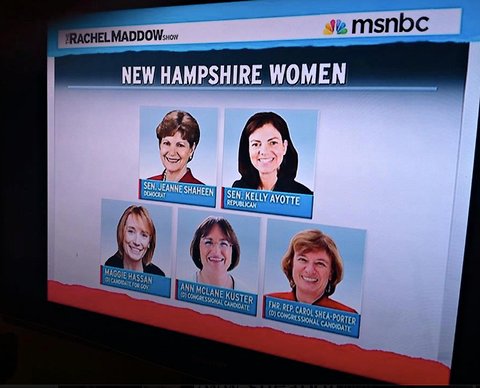
And then I read this article about the first woman ever who was just nominated to the Cabinet for Somalia, Fauzia Yusuf Haji Adan. And, she while she hasn't been appointed, just nominated, it's important and historic. And it shows just how far we (that's a worldwide collective we) still have to go.
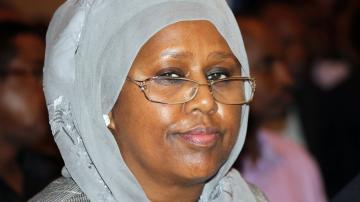
Consider this from a Unicef report on women and girls in Somalia:
"Education services in Somalia are provided by a variety of stakeholders, including Community Education Committees, regional administrations, community-based organizations, educational umbrella groups and networks, NGOs and religious groups. The role and reach of governments in overseeing the delivery of education has increased, albeit slowly. Despite major improvements in overall school enrolment over the last eight years, only 710,860 children out of an estimated 1.7 million (UNDP projection) of primary school age children – 42 per cent of children - are in school. Of those at school, 36 per cent are girls."
Mrs. Adan's nomination isn't without controversy in Somalia. She ran for office in Somaliland (an unrecognized, self declared de facto sovereign state) and lost. And shortly afterwards was nominated by the new Prime Minister of Somalia. Running for office in Somaliland indicates support of independence, and accepting the nomination for Foreign Minister seems to contradict that. It seems politics plays that way everywhere. But nonetheless, it is an historic moment for Somalia, and it will be even more so if and when she is confirmed.
This paragraph from the United Nations Development Program is a broad statement for why we need more women in positions of power.
And this UN report, titled Women, Peace and Security, goes into a lot of detail.
This is the Forward, written by then Secretary-General Kofi Annan:
Most of today’s conflicts take place within states. Their root causes often include poverty, the struggle for scarce resources, and violations of human rights. They have another tragic feature in common: women and girls suffer their impact disproportionately. While women and girls endure the same trauma as the rest of the population -- bombings, famines, epidemics, mass executions, torture, arbitrary imp risonment, forced migration, ethnic cleansing, threats and intimidation -- they are also targets of specific forms of violence and abuse, including sexual violence and exploitation.
Efforts to resolve these conflicts and address their root causes will not succeed unless we empower all those who have suffered from them -- including and especially women. And only if women play a full and equal part can we build the foundations for enduring peace -- development, good governance, human rights and justice.
In conflict areas across the world, women’s movements have worked with the United Nations to rebuild the structures of peace and security, to rehabilitate and reconcile societies, to protect refugees and the internally displaced, to educate and raise awareness of human rights and the rule of law. Within the Organization itself, the integration of gender perspectives in peace and security areas has become a central strategy. An Inter-agency Task Force on Women, Peace and Security has been established to address the role of women in peacemaking, peacekeeping, humanitarian assistance and other activities.
This study, like the Inter-agency Task Force, is an initiative undertaken in response to Security Council resolution 1325 on women, peace and security adopted in October 2000 – in which the Council underlined the vital role of women in conflict solution, and mandated a review of the impact of armed conflict on women and girls, the role of women in peacebuilding, and the gender dimensions of peace processes and conflict resolution.
While the study shows that many positive steps have been taken to implement the resolution, women still form a minority of those who participate in peace and security negotiations, and receive less attention than men in post-conflict agreements, disarmament and reconstruction. Our challenge remains the full implementation of the landmark document that resolution 1325 represents. This study points the way to a more systematic way forward.
 Wednesday, November 21, 2012 at 3:57PM
Wednesday, November 21, 2012 at 3:57PM 

